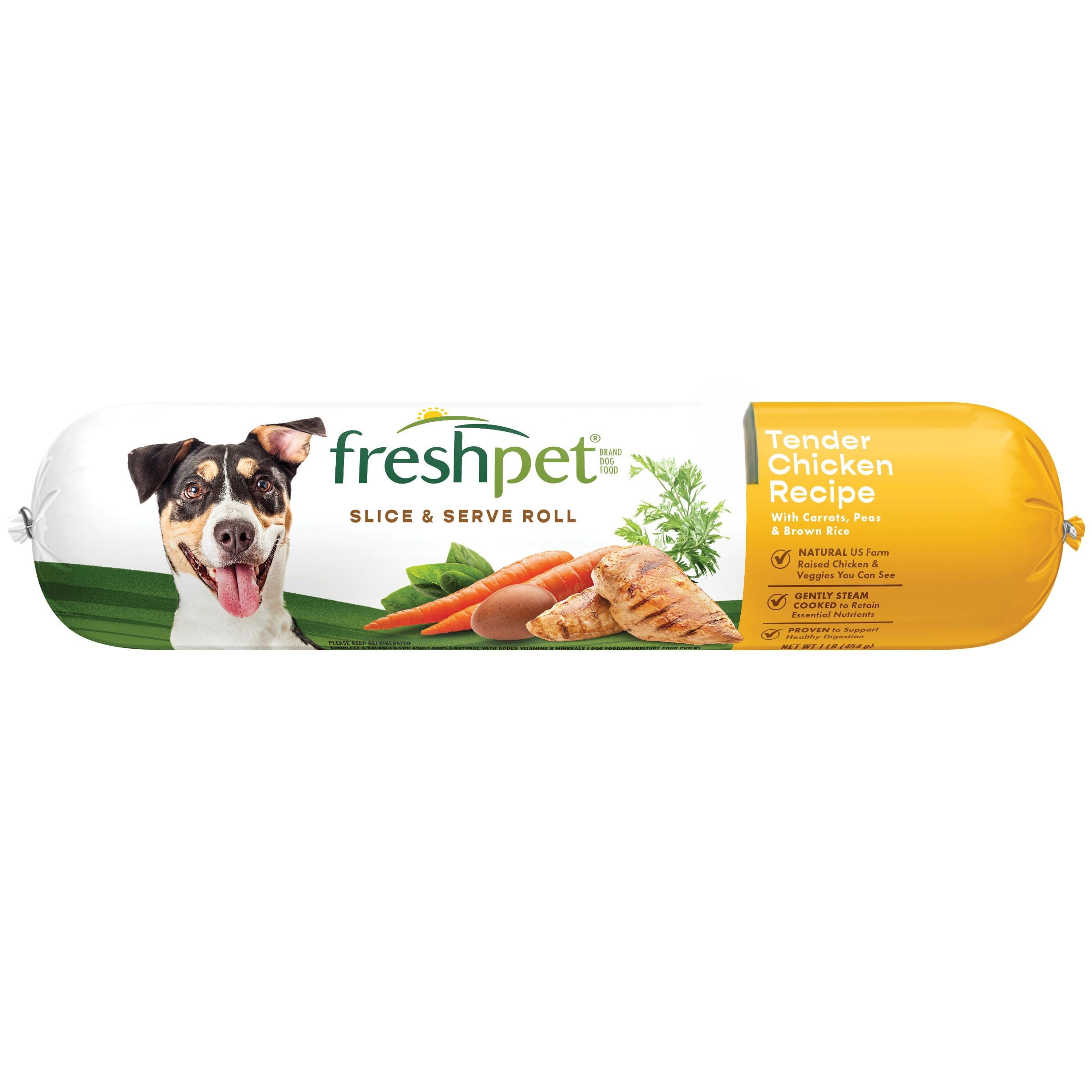ABCDou Insights
Exploring the world of news, trends, and information.
Is Your Pet's Dinner Really Gourmet or Just Fancy Packaging?
Uncover the truth behind pet food labels! Is your furry friend's dinner truly gourmet or just a pretty package? Find out now!
Uncovering the Truth: Is Gourmet Pet Food Worth the Hype?
The pet food industry has seen a significant shift in recent years, with the rise of gourmet pet food capturing the interest of pet owners seeking to provide the best for their furry companions. These premium offerings often boast high-quality ingredients, unique flavors, and customized options tailored to specific dietary needs. However, the question remains: is this gourmet pet food truly worth the hype? Many pet owners are willing to invest in these products, driven by the perception that they will enhance their pets' overall health and happiness.
To determine if gourmet pet food is worth the investment, it is essential to consider factors such as nutritional value, ingredient quality, and cost-effectiveness. While some gourmet brands do offer superior nutrition and appealing flavors, others may be overpriced with minimal actual benefits. In some cases, a well-balanced standard pet food can provide the necessary nutrients at a fraction of the cost. Ultimately, pet owners should carefully evaluate both the ingredients and the price point to make an informed choice about their pets' diets.

The Ingredients List: How to Identify Quality in Pet Food
When it comes to purchasing pet food, understanding the ingredients list is crucial for ensuring your pet's health and well-being. A high-quality pet food should have real meat as the first ingredient, indicating a protein-rich diet that supports muscle growth and overall health. Additionally, look for whole food ingredients such as fruits, vegetables, and grains rather than by-products or fillers. Ingredients are typically listed by weight, so if grains or unidentified meat by-products appear at the top, it may be a sign of inferior quality.
Another aspect to consider is the presence of additives. While some vitamins and minerals are essential for your pet's nutrition, avoid foods that are loaded with artificial colors, flavors, or preservatives. A trustworthy brand often has an easy-to-read ingredient list that openly discloses sources and explanations for all components. To ensure your pet receives optimal nutrition, always prioritize brands that emphasize quality and transparency in their ingredients list.
Is Fancy Packaging Deceiving Your Pet's Dinner Choices?
When it comes to our pets, fancy packaging can be a double-edged sword. Many pet food brands invest heavily in eye-catching designs and vibrant colors to attract not only pet owners but also their furry friends. However, while the allure of a shiny bag or a unique shape can be tempting, it's important to consider whether this packaging actually reflects the quality of the food inside. Is fancy packaging deceiving your pet's dinner choices? The reality is that the packaging often focuses on marketing rather than the nutritional value, leaving pet owners confused when trying to choose the best option for their beloved animals.
Moreover, pets may not even notice the packaging at all, as their preferences are often influenced by scent, taste, and texture rather than how a bag looks on the shelf. Understanding your pet's needs is vital in making informed decisions about their diet. In some cases, pets will favor less appealing packaging simply because they enjoy the taste of the food inside. Therefore, rather than getting swayed by aesthetic appearances, pet owners should prioritize nutritional content and ingredient quality over how fancy packaging may attempt to mislead them.